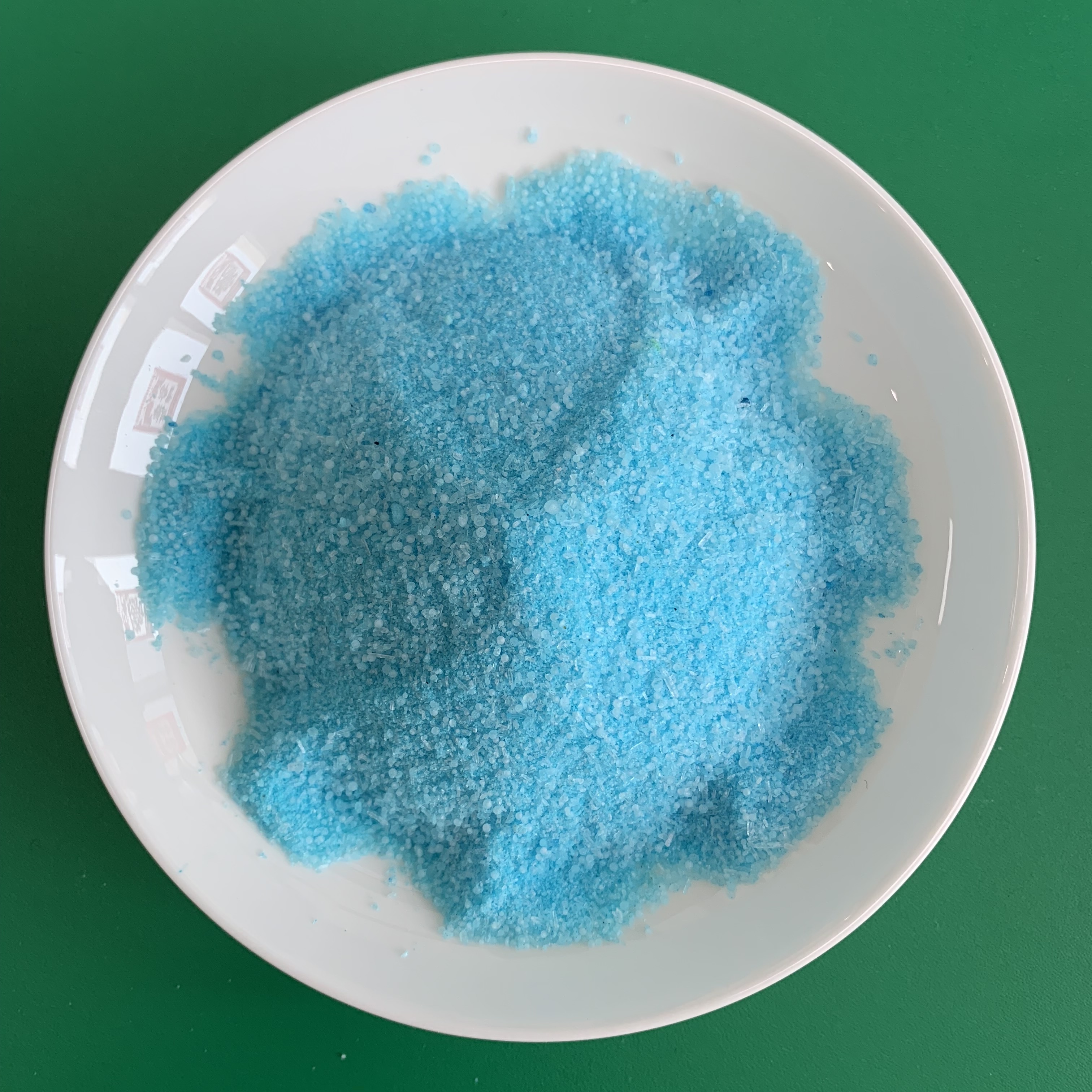



treatment for pink slime in swimming pools
Treatment for Pink Slime in Swimming Pools
Pink slime in swimming pools is a common issue that many pool owners face. Often mistaken for algae, this pink or reddish slimy growth is actually a type of bacteria called *Methylobacterium* and can thrive in pool water that is not properly balanced or maintained. Understanding how to effectively treat and prevent this problem is crucial for maintaining a safe and enjoyable swimming environment.
Identifying Pink Slime
The first step in treating pink slime is proper identification. Unlike algae, which typically appears green and grows on the walls or bottom of the pool, pink slime usually coats surfaces such as pool tiles, filters, and steps. It can also be found in pool toys and equipment if they have been left in or around the pool for extended periods. The presence of pink slime often indicates that the pool's sanitizer level is inadequate, and the water might also be out of balance.
Reasons for Occurrence
Several factors can contribute to the growth of pink slime in swimming pools
1. Low Sanitizer Levels Insufficient chlorine or bromine levels allow bacteria to thrive. 2. High pH Levels Water with a high pH (above 7.8) can hinder the effectiveness of sanitizers, allowing bacterial growth. 3. Organic Contaminants Sunscreens, lotions, and other organic materials introduced into the pool can provide a breeding ground for bacteria. 4. Poor Circulation If the pool's water isn’t circulating properly, stagnant areas can be breeding grounds.
Treatment Strategies
Once you confirm the presence of pink slime, swift action is necessary to regain control of your pool's cleanliness
. Here are effective strategies for treatment1. Shock the Pool The first step in eliminating pink slime is shocking the pool with a high dose of chlorine. This effectively raises the chlorine level to a point where it kills bacteria. Follow the instructions on the pool shock product, ensuring the levels are appropriate for your pool volume.
treatment for pink slime in swimming pools

2. Brush the Surfaces Use a pool brush to scrub affected areas. This helps dislodge the slime from pool surfaces and makes the chemical treatment more effective. Pay particular attention to corners, edges, and steps where slime tends to accumulate.
3. Vacuum the Pool After brushing, vacuum the pool to remove the dislodged slime and any debris. If the slime is still present, you may need to repeat the brushing and vacuuming process several times.
4. Adjust Chemical Levels Test the water regularly to maintain appropriate chlorine levels (1-3 ppm), pH levels (7.2-7.6), and alkalinity. Use a water testing kit to ensure all levels are in the proper range, and make adjustments as necessary with appropriate chemicals.
5. Use algaecides or bacterial removers If manual cleaning and shocking the pool aren’t successful, consider using algaecides specifically designed to target pink slime or specialized bacterial removers. Always follow the manufacturer’s instructions when using these products.
6. Check Filtration System Ensure your pool's filtration system is functioning adequately. Run the filter longer than usual during treatment, and consider backwashing or cleaning the filter to ensure it can effectively remove contaminants.
Prevention
Preventing the return of pink slime is equally essential as treatment. Maintain regular pool maintenance by
- Testing and balancing water chemistry weekly. - Shock treating your pool regularly, particularly after heavy usage or after rainfall. - Keeping pool areas clean and free from organic debris. - Ensuring adequate circulation and filtration by running your pump for at least 8-12 hours daily.
Conclusion
Pink slime in swimming pools can be a frustrating issue, but it is manageable with prompt action and proper maintenance. By identifying the slime correctly, following effective treatment strategies, and implementing preventive measures, pool owners can enjoy a clean and safe swimming environment. Regular attention to water chemistry and cleanliness will not only reduce the chances of bacterial growth but will also enhance the overall swimming experience.
-
Why Sodium Persulfate Is Everywhere NowNewsJul.07,2025
-
Why Polyacrylamide Is in High DemandNewsJul.07,2025
-
Understanding Paint Chemicals and Their ApplicationsNewsJul.07,2025
-
Smart Use Of Mining ChemicalsNewsJul.07,2025
-
Practical Uses of Potassium MonopersulfateNewsJul.07,2025
-
Agrochemicals In Real FarmingNewsJul.07,2025
-
Sodium Chlorite Hot UsesNewsJul.01,2025










